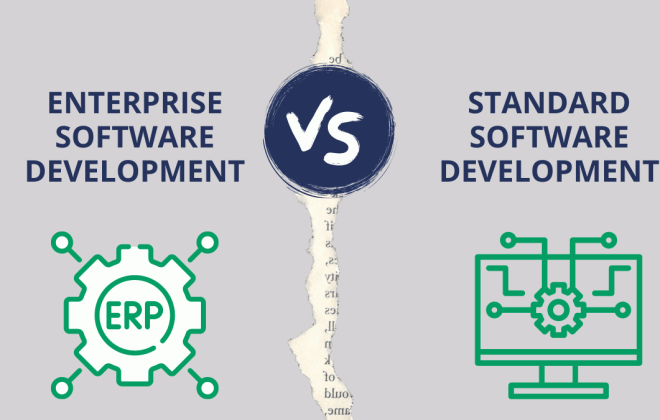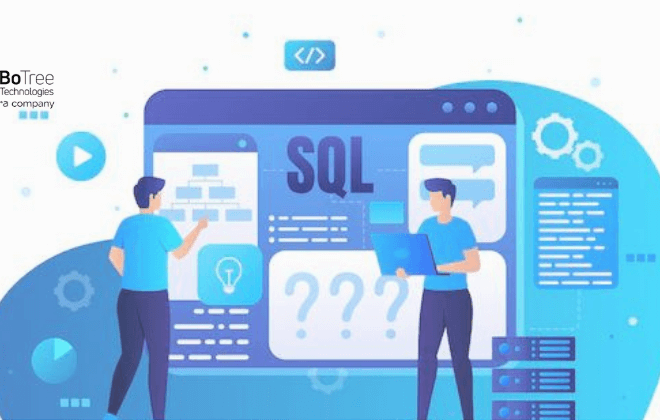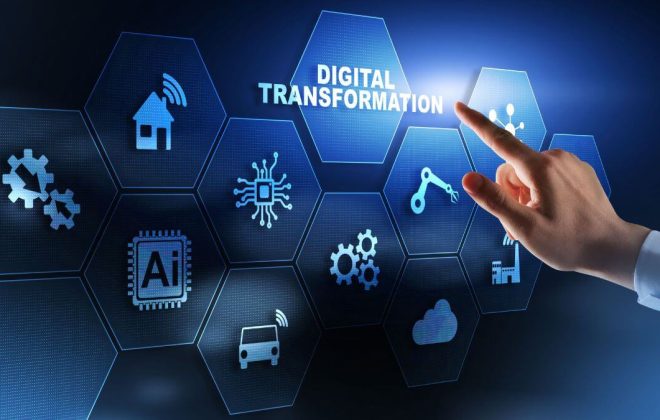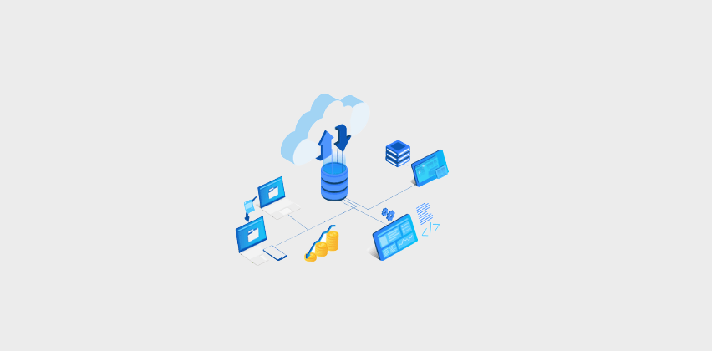
How to Overcome the Top 5 Challenges in Software Migration
Software migration ensures the company works on the current systems. Often, legacy technology is not enough to match the pace of the market. A software migration plan involves moving to a different environment to better manage the operations. It could include migrating from on-premise systems to cloud, server to server, or even cloud-to-cloud.
Replacing or updating legacy systems can improve developer productivity by 40%. Old school applications face lags and bottlenecks that cause the entire organization to suffer. Whether it’s an ERP software or a consumer-focused application, migration to the latest technology is crucial to thriving.
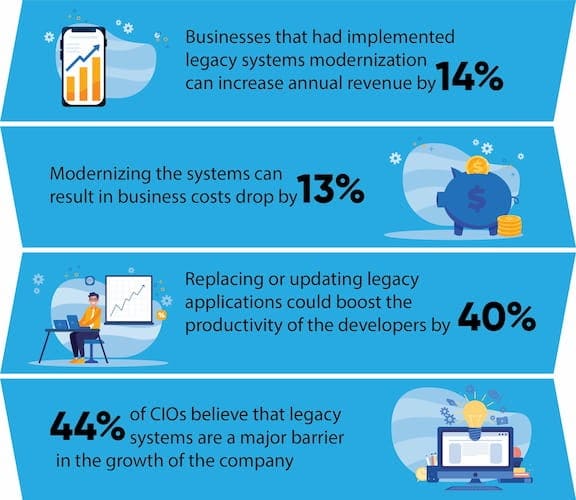
Source: https://www.datasciencecentral.com/
There are several advantages to legacy system migration. First of all, it gives a competitive advantage. Many companies still prefer to use existing apps that result in heavy losses – and modernization helps to minimize them.
Secondly, modern technical advancements improve efficiency because they are faster. Companies can deliver seamless output through the latest systems.
Third, leveraging newer technologies and software helps to make more sense of data – a feature that might not be available with legacy applications.
These benefits come gradually as a result of the successful implementation of software migration strategies. The migration process looks somewhat like this –
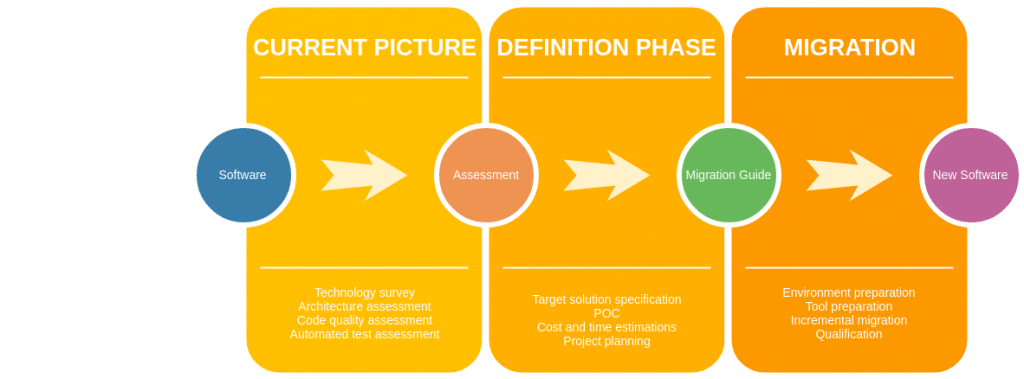
Source: https://dzone.com/
Read more: Top 15 Custom Software Development Companies 2021
Types of Software Migration
The benefits of software migration also vary depending on the type of migration. Some of the basic types of software migration include –
- ERP Migration
- After years of usage, a lot of features of the existing ERP system become relevant. It negatively impacts the performance of the ERP solution. On top of that, global compliance to software standards also calls for ERP migration.
- Database Migration
- It involves changing the physical location of the data, migrating to another database software, or changing the data format. Data migration is also important for the maintenance of the servers or the consolidation of data.
- Infrastructure Migration
- IT systems migration involves migrating your entire infrastructure. It might be when you outsource your operations. It includes migrating to different software for daily usage to still reap efficiencies and work seamlessly.
- Cloud Migration
- It involves migrating from your on-premise data center to a cloud-based data center. Cloud migration enables companies to achieve real-time results and outputs. It also includes migrating from one cloud provider to another.
- OS Migration
- Modernizing the entire system and improving the performance of all applications is the primary purpose of operating system migration. Companies many move from Windows to Mac OS for better performance.
- CMS Migration
- Another type of software migration is upgrading or migrating from your existing CMS to another one. It might be due to the structure of your content or the features that might not be available to deliver your content in the best possible manner.
- Version Upgrade
- Ruby on Rails upgrade services is a prime example of migration from one version of software to another. It helps companies take advantage of the latest updates and update their backend technology accordingly.
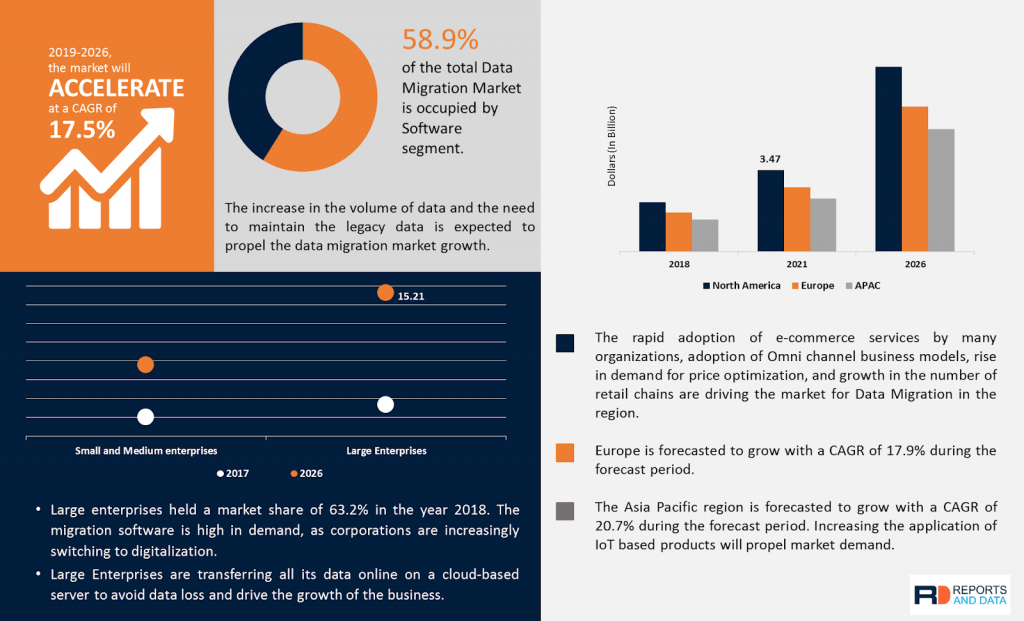
Source: https://www.reportsanddata.com/
Checkout: Why use Python in Healthcare Application
Top 5 Challenges in Software Migration
Software migration comes with a set of challenges. Migrating to new technologies from legacy systems is not a wonderful activity. Since people are used to it, change is always there. Apart from that, price, commitment, and possible benefits are also a challenge. Let’s look at the top 5 challenges and how to overcome them.
- No Migration Roadmap
- The biggest challenge organizations often face is the lack of a software migration roadmap. The process is always scattered in bits and pieces. Teams focus on migrating as and when they get the time to migrate the software. However, such a strategy is disastrous.
- Spontaneous migration is not feasible at all. Companies need a specific roadmap that outlines the entire process of migration. It involves the time frame when to execute different steps, compliance with standards, and the review of the final migration output.
- The biggest challenge organizations often face is the lack of a software migration roadmap. The process is always scattered in bits and pieces. Teams focus on migrating as and when they get the time to migrate the software. However, such a strategy is disastrous.
- Employee Resistance
- One of the most significant challenges in software migration is resistance from employees. Teams and developers often dislike the update to new systems – mostly because they have good experience in working with legacy systems. If there’s a high level of disagreement, the migration process could get delayed. It is also often the cause of people working in silos because some are in favor and some are against migration.
- The best technique is to gradually bring the migration. Employee training is an important part of the entire software migration strategy. The top management needs to display how the latest developments can help the team as a whole.
- One of the most significant challenges in software migration is resistance from employees. Teams and developers often dislike the update to new systems – mostly because they have good experience in working with legacy systems. If there’s a high level of disagreement, the migration process could get delayed. It is also often the cause of people working in silos because some are in favor and some are against migration.
- Migration Time
- Needless to say, there will be a lot of downtime during the migration process. The organizations undergoing software migration often delay the process because some or the other activity is going on that can’t face downtime. Apart from this, a senior stakeholder has to spend time overseeing the process to ensure that migration is done smoothly and swiftly.
- The solution here is to allot specific time periods for migration. A software migration checklist can help the company understand the different tasks involved in migration. After that, they can complete these activities during multiple time intervals.
- Needless to say, there will be a lot of downtime during the migration process. The organizations undergoing software migration often delay the process because some or the other activity is going on that can’t face downtime. Apart from this, a senior stakeholder has to spend time overseeing the process to ensure that migration is done smoothly and swiftly.
- Cost of Migration
- Statistics suggest that the cost of migration is much lower than the cost of maintaining the existing legacy systems. But many companies often think that they need to spend a lot of money on purchasing new software, training people, and managing the entire migration process. There are time, money, and effort costs involved, which companies emphasize more than they should.
- Organizations need to forgo the one-time investment in software migration and understand the disadvantages of maintaining their legacy systems. There are long-term costs involved with old software. Therefore, software migration patterns are essential for companies to reap financial benefits.
- Statistics suggest that the cost of migration is much lower than the cost of maintaining the existing legacy systems. But many companies often think that they need to spend a lot of money on purchasing new software, training people, and managing the entire migration process. There are time, money, and effort costs involved, which companies emphasize more than they should.
- System Coexistence
- It is fair to say that the migration process is not instant. IT is gradual and takes a lot of time, which means that the old and new systems will coexist. Therefore, data will overlap – creating confusion amongst team members. A large number of functional disparities will also be there, which will lead to a lot of problems. There are chances of data duplication and redundancies.
- Teams should be conscious about their operations with both systems. They must ease into the modern software as the old one slowly phases out. Have a clear plan of action that highlights the steps of avoiding data redundancies and duplication.
- It is fair to say that the migration process is not instant. IT is gradual and takes a lot of time, which means that the old and new systems will coexist. Therefore, data will overlap – creating confusion amongst team members. A large number of functional disparities will also be there, which will lead to a lot of problems. There are chances of data duplication and redundancies.
Click here: 10 Best Custom Software Development Companies in 2021
Conclusion
Software migration isn’t an easy activity. There are a lot of challenges involved in the process. But having the right software migration strategies can help the organization upgrade their systems seamlessly.
BoTree Technologies is a leading software development company that offers complete software migration and upgrade services to help organizations migrate from legacy systems and reap the advantages of modernization.
Consult for FREE today!
